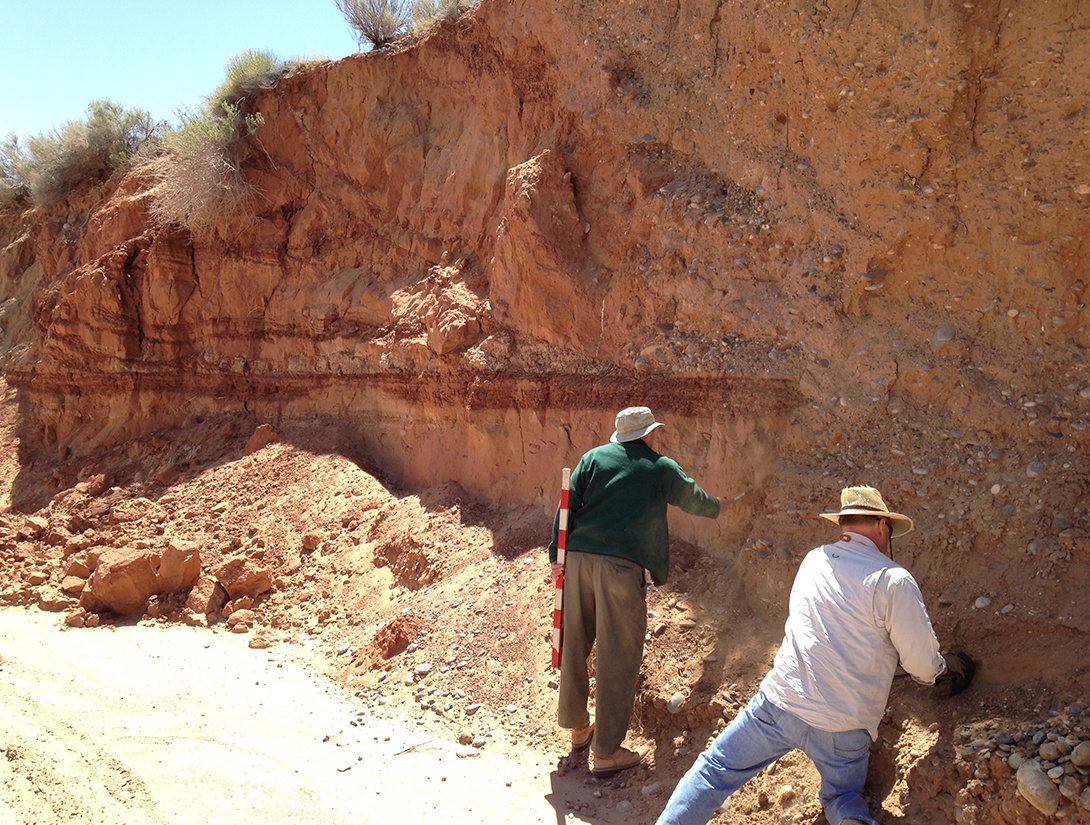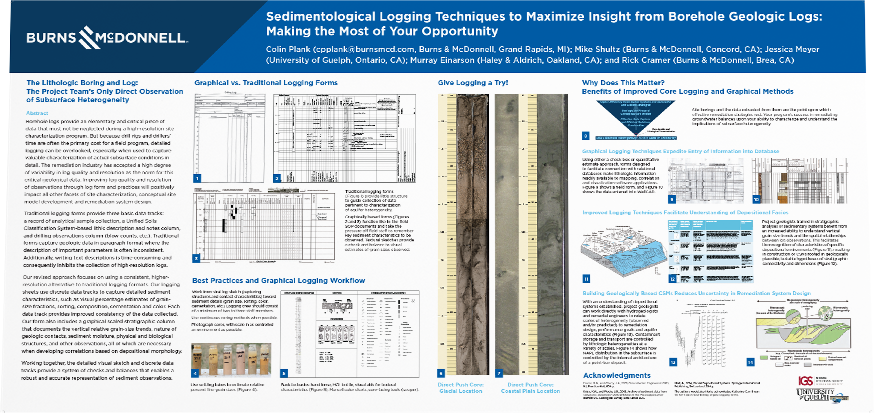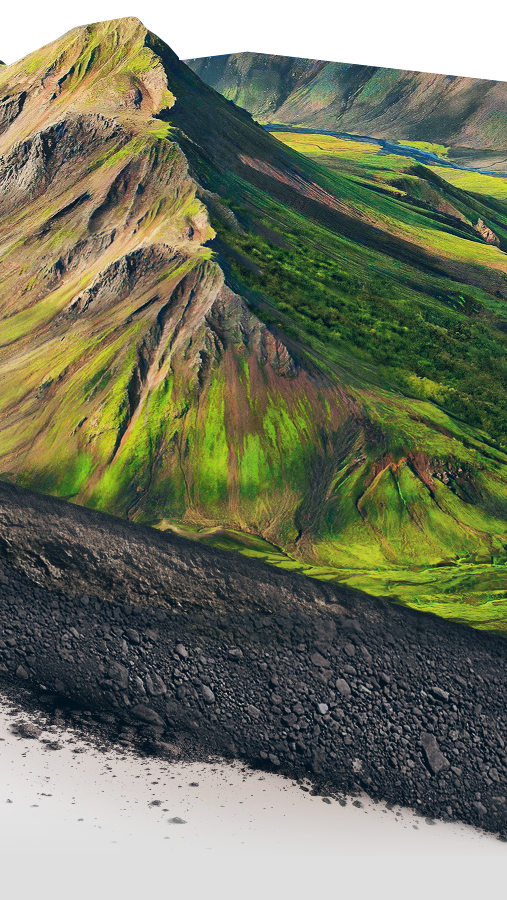
✖
Send Us a Note


✖
Download Issue Paper


✖
Download Poster


✖
SUBSCRIBE


✖


✖


✖


✖

A Practical Guide for Understanding and Applying Environmental Sequence Stratigraphy


ESS practice leaders at Burns & McDonnell — stratigraphers Mike Shultz and Colin Plank and technology founder Rick Cramer — have co-authored a U.S. EPA Technical Issue paper on how to apply the geologic principles of sequence stratigraphy and facies models to improve conceptual site models for complex contaminated groundwater sites. This publication — Best Practices for Environmental Site Management: A Practical Guide for Applying Environmental Sequence Stratigraphy to Improve Conceptual Site Models — introduces the recent geology-focused paradigm shift in the environmental industry.




Client: U.S. federal government
Location: Multiple sites
Summary:
Our technical team is applying environmental sequence stratigraphy (ESS) at seven active groundwater contamination sites with complex subsurface geology for the Department of Defense. These ESS studies are centered on understanding the potential pathways of per- and polyfluoroalkyl substances (PFAS) and other potential contaminants in groundwater in complex subsurface environments. These sites are among more than 100 sites around the country where our team has applied this approach.
Background:
ESS is a geology-focused approach used to improve subsurface conceptual site models (CSMs) for groundwater contaminated sites. ESS is used to reduce site uncertainties due to complex subsurface heterogeneities and provides an accurate portrayal of contaminant flow and transport. ESS is an emerging best practice that is supported by the U.S. Environmental Protection Agency (EPA) and has been successfully applied at over 40 federal facilities.

Our ESS practice leaders have collaborated on a poster exploring how to make the most of borehole logs. Their discussion and demonstration of a revised approach to logging offers a number of benefits to enhancing the understanding that underlies geologically based conceptual site models.


.png)

Rick Cramer, Environmental Technologies Manager
READ THE MAGAZINE ARTICLE

© 2024 Burns & McDonnell. All Rights Reserved
At this time, Burns & McDonnell is not offering pure architectural services in the states of Illinois, Louisiana, Montana, Nevada, New Hampshire or New Jersey. We may, however, provide design-build services for architectural projects.